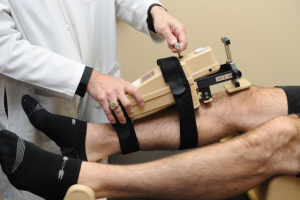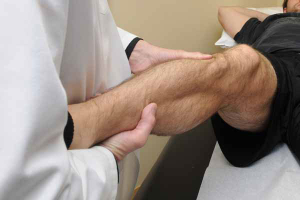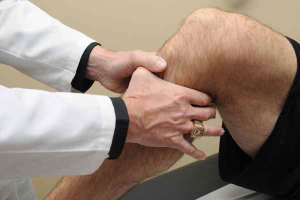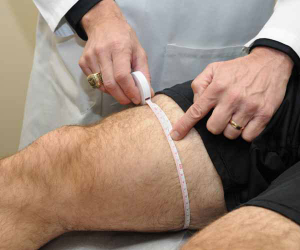Assessment of Posterior Knee Instability
The posterior cruciate ligament is the main structure which provides provides posterior stability to the knee at 90° of flexion. At this position, it performs approximately 90-95% of the total force to preventing posterior translation. For this reason, most assessment for posterior knee translation instability is performed at 90° of knee flexion.





